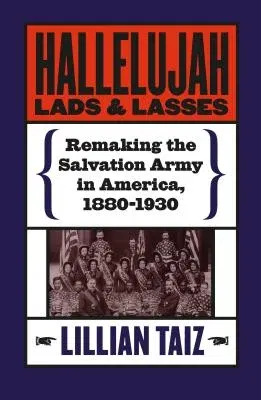So strongly associated is the Salvation Army with its modern mission of
service that its colorful history as a religious movement is often
overlooked. In telling the story of the organization in America, Lillian
Taiz traces its evolution from a working-class, evangelical religion to
a movement that emphasized service as the path to salvation.
When the Salvation Army crossed the Atlantic from Britain in 1879, it
immediately began to adapt its religious culture to its new American
setting. The group found its constituency among young, working-class men
and women who were attracted to its intensely experiential religious
culture, which combined a frontier-camp-meeting style with working-class
forms of popular culture modeled on the saloon and theater. In the hands
of these new recruits, the Salvation Army developed a remarkably
democratic internal culture. By the turn of the century, though, as the
Army increasingly attempted to attract souls by addressing the physical
needs of the masses, the group began to turn away from boisterous
religious expression toward a more "refined" religious culture and a
more centrally controlled bureaucratic structure.
Placing her focus on the membership of the Salvation Army and its
transformation as an organization within the broader context of
literature on class, labor, and women's history, Taiz sheds new light on
the character of American working-class culture and religion in the late
nineteenth and early twentieth centuries.


